Jinshin War: Ancient Japan’s Biggest War
Family businesses are a complicated matter, especially when that business involves ruling over an entire country. Japan’s imperial family is debatably the world’s oldest continuous monarchy. However, not unlike other monarchies the world over deciding the next emperor can be quite challenging. Sometimes the desire for the crown led to massive bloodshed. One example of these conflicts was the infamous Jinshin War. In the 7th century, an uncle and a nephew, Prince Otomo and Prince Oama, fought a vicious war to fill the gap left by the death of Emperor Tenji.
Jinshin War
Prelude to the Jinshin War: The Battle of Baekgang
Before talking about the Jinshin War, you have to know what events caused one of Japan’s bloodiest domestic wars.
In 663 Japan dispatched troops to Korea to help Bekje, or Kudara in Japanese. However, Japan was defeated by Tang and Shinra’s armies.

Fearful of the new enemies they’d made in Korea someday invading Japan someday, Emperor Tenji, moved the capital from Asuka to Otsu near Lake Biwa. This move was purely for the emperor to have a convenient means of escape via river should an invasion ever occur. Also around this time, the government made a national register of citizens, called Kogo Nenjyaku, in order to tax people. As a part of the tax, some people were sent to Kyushu to become part of the Sakimori, a special somewhat army akin to a modern-day coast guard, to protect the border should Korea or China try to invade.
However, this tax system burdened the people quite a lot. Especially since people in east Japan were often chosen to protect the border, a great amount of resentment towards the government began mounting.
Emperor Tenji’s Heir
Before ascending to his own throne Emperor Tenji faced many hurdles. Many of these problems persisted even after he died. One of his biggest problems was succession. As he didn’t have a legitimate son, he planned to have his brother, Prince Oama, succeed him. He even went as far as to appoint his brother to a high-rank position. However, in his old age, Tenji had a son, Prince Otomo. Tenji began to like the idea of his son taking the throne after him despite it not really being the best idea. Oama was more qualified to become emperor, both due to his stronger political ties as well as his bloodline as both his mother and father were from the imperial family (Emperor Jyomei and Emperess Kogyoku) and Otomo’s mother was merely a low-rank consort.
It was more than apparent to Emperor Tenji just how much Oama wanted to be emperor. Just before his death, Tenji invited Oama to an audience where he could formally request to be the next emperor. Of course, Oama wasn’t stupid enough to accept this invitation, especially considering that Emperor Tenji had previously killed Prince Arima for the same reason. Oama politely declined, gave up the title of Crown Prince and left Asuka for Yoshino, where he became a monk.
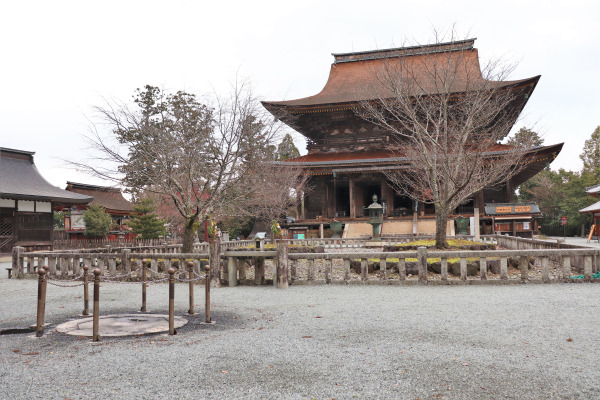
However, this didn’t mean Oama gave up. While in Yoshino, he plotted how to kill the nephew and become the next emperor.
The Onset of the Jinshin War
After Emperor Tenji passed away, Otomo was readying himself for his coronation. However, Oama declared war against Otomo from Yoshino.
Oama immediately headed to east Japan where he knew plenty of discontented citizens would be more than happy to join his army. Indeed, it was not hard for him to get enough people to fight against Otomo. After this, Prince Oama shut the border between East and West Japan, the Fuwa no Seki, so that Otomo couldn’t get any troops from Kanto.
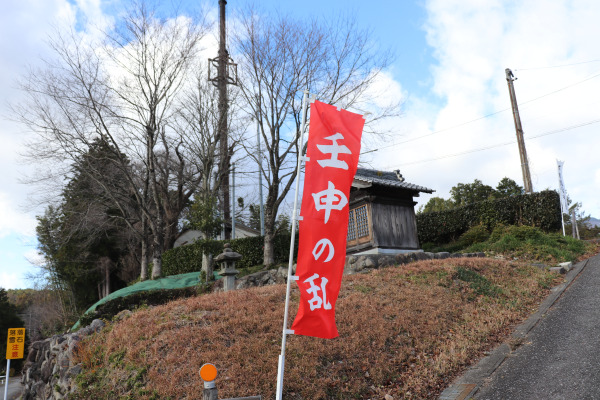
Then after rallying his forces with his army in Yoshino, Oama attacked Otomo in the capital (what is now Ostu, Shiga prefecture). Because Oama’s troops significantly outnumbered Otomo, the battle was soon over. On July 23rd, Otomo’s troops suffered a crushing defeat near Seta Bridge in Shiga. Prince Otomo realized his loss and hung himself in Otsu.
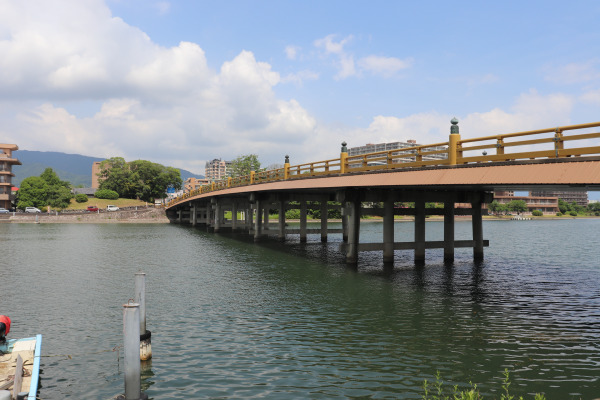

After the battle, Oama became Emperor Tenmu. During his reign, he not only named the country “Nihon”(Japan) and gave himself the title “Tenno” (emperor), but he also compiled the Kojiki and the Nihon Shoki. He moved the capital back to Asuka, which he named Fujiwara-kyo. This city became Japan’s first capital to use a grid pattern, which Tenmu modeled on designs used by the Tang Dynasty.
In a somewhat ironic turn of events, Tenmu’s bloodline did not last long. After his death, Tenmu’s son Shomu eventually succeded him and became emperor, but as he had no sons to give his throne to it went to his daughter who became Emperess Koken (aka. Emperess Shotoku). Ultimately, never had any children, effectively ending Tenmu’s bloodline. Instead, the chrysanthemum throne went back to one of Tenji’s descendants, who became Emperor Konin.
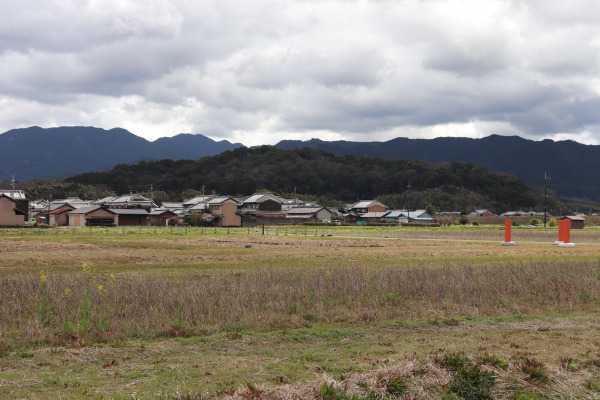

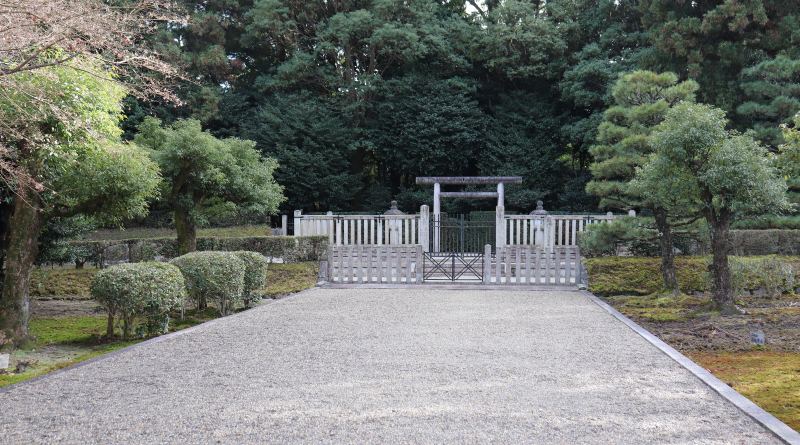
Leave a Reply